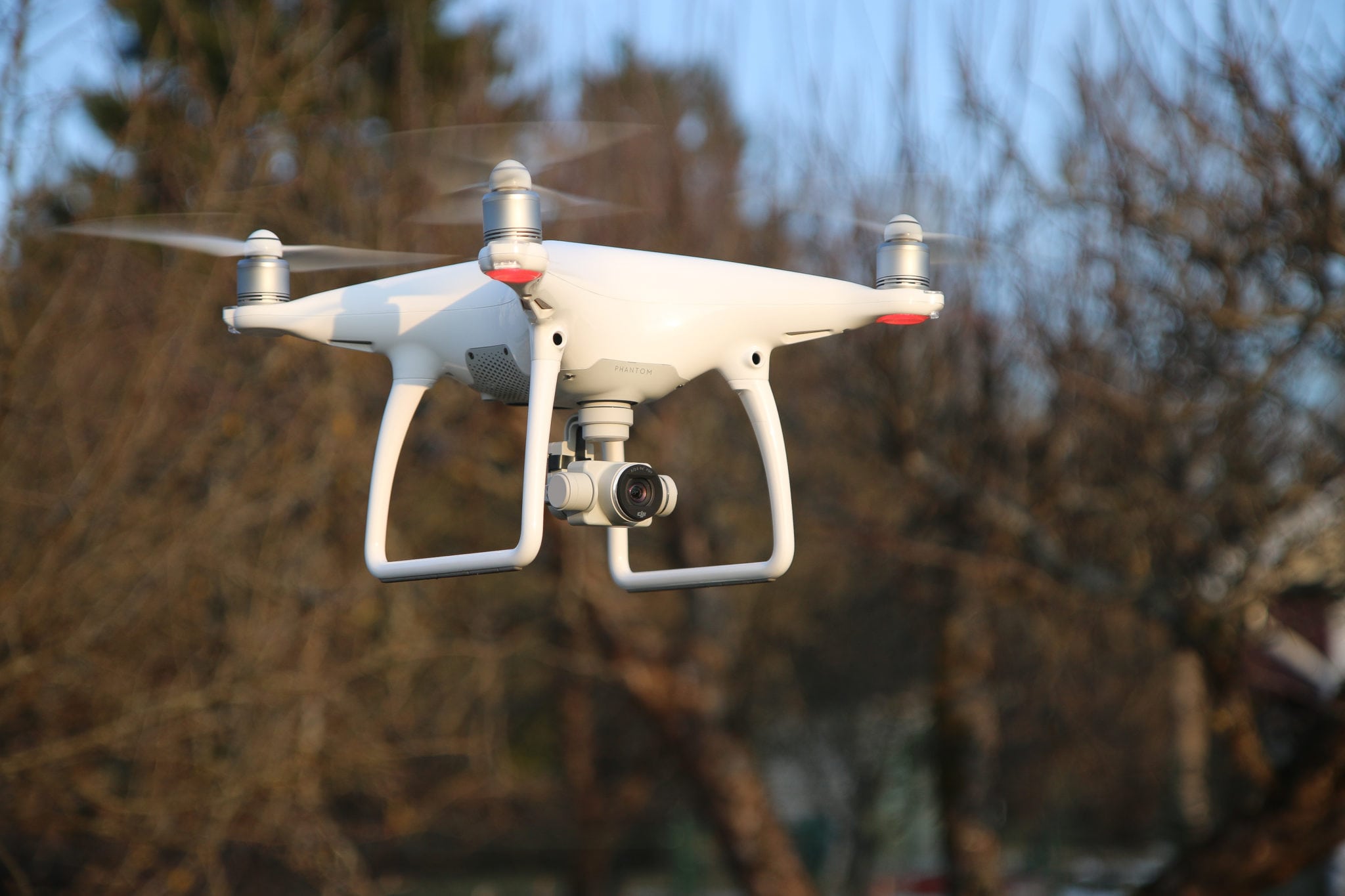
Photo by Andri Koolme
Vigilant Aerospace has made progress in beyond-line-of-sight drone operation, the company said. It recently tested its FlightHorizon detect-and-avoid collision avoidance system for unmanned aircraft systems at NASA Armstrong Flight Research Center in Edwards, California.
Flight tests checked the system’s detect-and-avoid algorithms, hardware integration and user interface performance. The tests included nearly 100 planned encounters between drones under realistic flight conditions. Two DJI Phantom 4 drones were used — one acting as the intruder. Eighteen different scenarios were flown multiple times. Tests were successful, as the system detected and tracked intruder aircraft, and provided traffic alerts and collision warnings, on all aircraft during the encounters.
FlightHorizon utilizes software invented at NASA Armstrong. Its hardware is off-the-shelf, uses the existing national air traffic control system, and is applicable to both smaller and larger drones.
The FAA’s senior drone regulator and a representative from the Federal Communications Commission (FCC) observed the tests, the latter monitoring radio transmissions. FlightHorizon was designed to comply with FAA regulations and received all necessary waivers to operate.